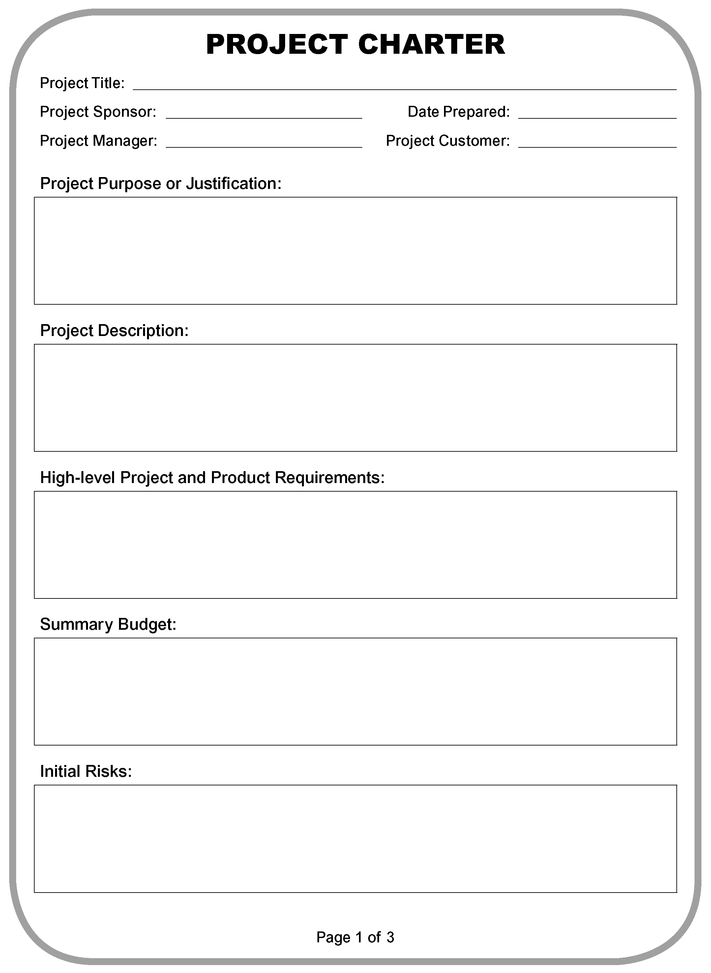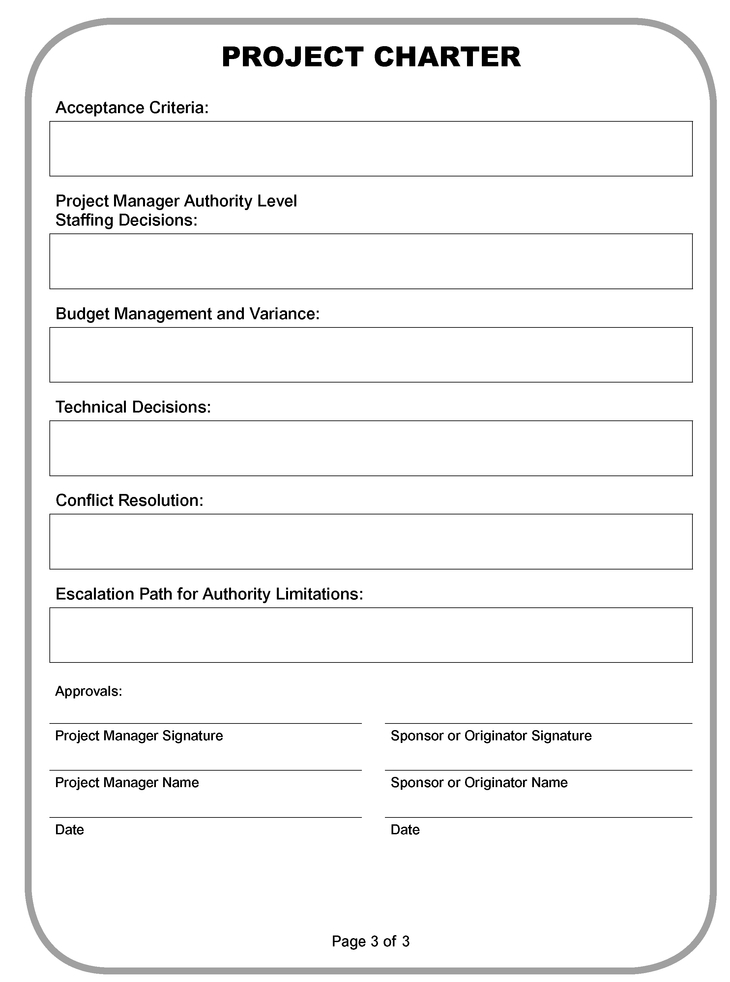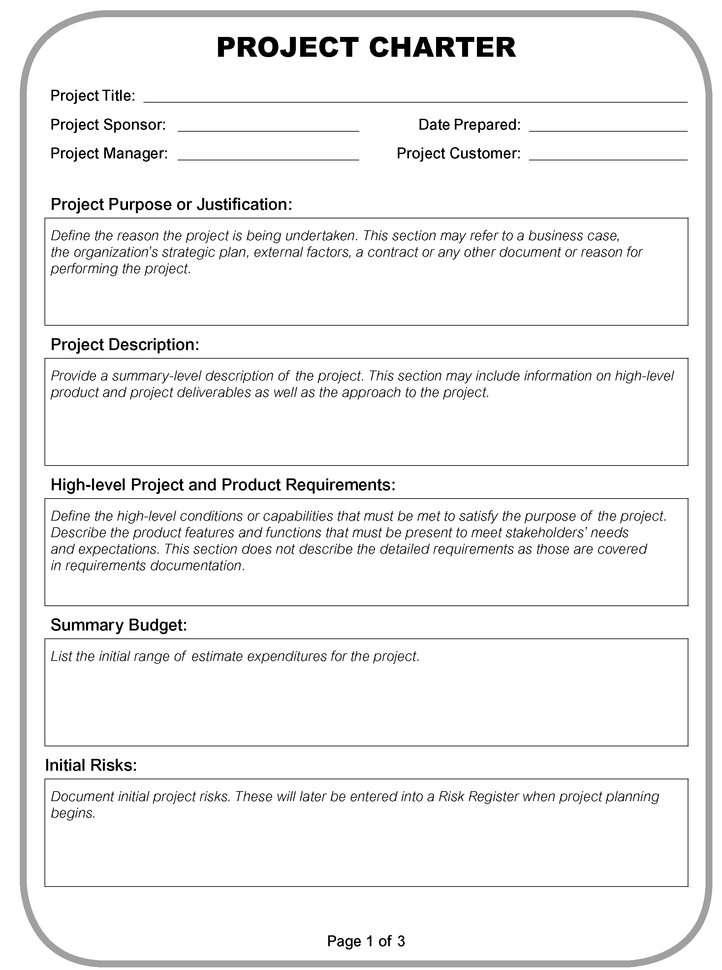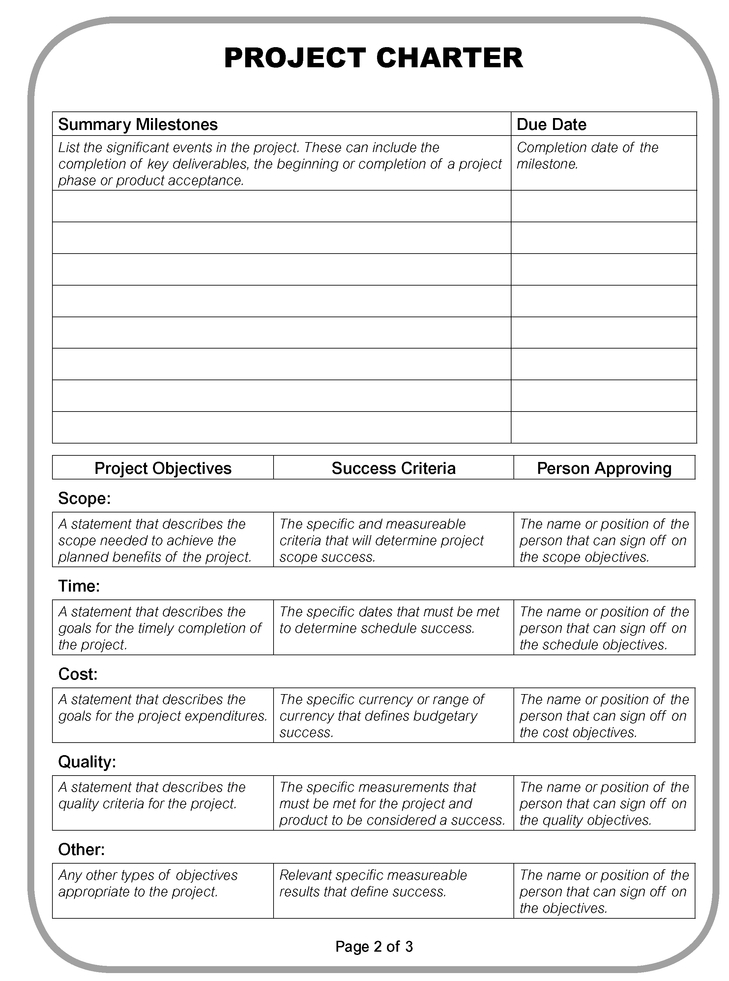Table of Contents
Acknowledgments
To Ruth Anne Guerrero: Thank you for your keen insight and your support for my work on the PMBOK® Guide— Fourth Edition and this companion book of forms. Your energy and laser-sharp thinking have contributed vastly. It has been such a pleasure to work with you.
To Joseph Kestel: I appreciate your time in reviewing the proposal for this book and providing thoughtful input to the approach. I also appreciate your wonderful leadership skills on Chapters 3 and 5 of the PMBOK ® Guide—Fourth Edition.
To Dan Picard: You are a rare find, an editor and a PMP! Your insight into both worlds is so valuable. I really appreciate your taking the time to give me your unique perspective for this book and the others we have worked on. Long live AJ!
To Terri Gaydon: How do I say thank you to a friend, a mentor, and an advisor? Your questions, insights, and perspectives were so valuable in putting this book together. And, of course, over the past 15 years your friendship has meant the world to me. Thank you a million times.
1
Introduction
The Project Management Book of Forms is designed to be a companion to A Guide to the Project Management Body of Knowledge (PMBOK® Guide)—Fourth Edition. The purpose is to present the information from the PMBOK® Guide—Fourth Edition in a set of forms and reports so that project managers can readily apply the concepts and practices described in the PMBOK® Guide—Fourth Edition to their projects.
The PMBOK® Guide—Fourth Edition identifies that subset of the project management body of knowledge generally recognized as good practice. As an ANSI Standard, it does not describe how to apply those practices, nor does it provide a vehicle for transferring that knowledge into practice.
This Book of Forms will assist project managers in applying information presented in the PMBOK® Guide— Fourth Edition into project documentation. The Book of Forms does not teach project management concepts or describe how to apply project management techniques. Textbooks and classes can fulfill those needs. This book provides an easy way to apply good practices to projects.
Since one of the defining factors about projects is that they are unique, project managers must tailor the forms and reports to meet the needs of their individual projects. Some projects will require information in addition to what is presented in these forms; some will require less. These forms are presented in paper format and electronic versions to make them easy to adapt to the needs of specific projects. They follow the information in the PMBOK® Guide—Fourth Edition but can be adapted to meet the needs of the project manager and specific projects.
AUDIENCE
This book is written specifically for project managers to help manage all aspects of the project. Those new to project management can use the forms as a guide in collecting and organizing project information. Experienced project managers can use the forms as a template so that they collect a set of consistent data on all projects. In essence, the forms save reinventing the wheel for each project.
A secondary audience is the manager of project managers or a project management office. Using the information in this book ensures a consistent approach to project documentation. Adopting these forms on an organizational level will enable a repeatable approach to project management.
ORGANIZATION
The forms are organized by process group: initiating, planning, executing, monitoring and controlling, and closing. Within those process groups, the forms are arranged sequentially as presented in the PMBOK® Guide— Fourth Edition.
A description of each form is presented along with a list of contents. For the planning forms, there is a description of where the information in the form comes from (inputs) and where it goes to (outputs). For some forms, there is a list of related forms. On the page(s) to come, a blank copy of the form is presented, followed by a copy of the form with a description of the information that goes into each field. In the back of the book, there is a completely editable CD-ROM with a copy of all the blank forms. All forms are in Microsoft®Office software for ease of tailoring.
Some forms are included that are not mentioned in the PMBOK® Guide—Fourth Edition. These are forms that assist in managing a project but are not considered part of the project management standard.
Not all forms will be needed on all projects. Use the forms you need, to the degree that you need them, to assist you in managing your projects.
2
Initiating Forms
2.1 INITIATING PROCESS GROUP
The purpose of the Initiating Process Group is to authorize a project, provide a high-level definition of the project, and identify stakeholders. There are two processes in the Initiating Process Group:
• Develop Project Charter
• Identify Stakeholders
The intent of the Initiating Process Group is to at least:
• Authorize a project
• Identify project objectives
• Define the initial scope of the project
• Obtain organizational commitment
• Assign a project manager
• Identify project stakeholders
As the first processes in the project, the initiating processes are vital to starting a project effectively. These processes can be revisited throughout the project for validation and elaboration as needed.
The forms used to document initiating information include:
• Project Charter
• Stakeholder Register
• Stakeholder Analysis Matrix
• Stakeholder Management Strategy
These forms are consistent with the information in the PMBOK ® Guide—Fourth Edition. Tailor them to meet the needs of your project by editing, combining, or revising them.
2.2 PROJECT CHARTER
The Project Charter is a document that formally authorizes a project or phase. The Project Charter defines the reason for the project and assigns a project manager and his or her authority level for the project. The contents of the charter describe the project in high-level terms, such as:
• Purpose or justification
• High-level project description
• High-level project and product requirements
• Summary budget
• Summary milestone schedule
• Initial risks
• Project objectives and success criteria
• Acceptance criteria
• Project manager authority
Use the information from your project to tailor the form to best meet your needs.
The Project Charter can receive information from:
• Contracts
• Statements of work
• Business case
It provides information to:
• Project Management Plan
• Project Scope Statement
• Stakeholder Register
• Requirements Documentation
• Requirements Management Plan
• Requirements Traceability Matrix
The Project Charter is an output from the process 4.1 Develop Project Charter in the PMBOK® Guide—Fourth Edition.
PROJECT CHARTER
2.3 STAKEHOLDER REGISTER
The Stakeholder Register is used to identify those people and organizations impacted by the project and document relevant information about each stakeholder. Relevant information can include:
• Name
• Position in the organization
• Role in the project
• Contact information
• List of stakeholder’s major requirements
• List of stakeholder’s expectations
• Potential influence on the project
• A classification or categorization of each stakeholder
Information in the Stakeholder Register should be tailored to meet the needs of the project. For example, some projects may have internal and external stakeholders while others may only have internal stakeholders. Some projects may categorize stakeholders as friend, foe, or neutral; others may categorize them as high, medium, or low influence. The sample on the next page is just one approach to identifying and documenting stakeholder information.
Use the information on your project to tailor the form to best meet your needs.
The Stakeholder Register receives information from:
• Project Charter
• Procurement documents
It is related to:
• Stakeholder Analysis Matrix
• Stakeholder Management Strategy
It provides information to:
• Requirements Documentation
• Quality Management Plan
• Risk Register
The Stakeholder Register is an output from the process 10.1 Identify Stakeholders in the PMBOK® Guide— Fourth Edition.
STAKEHOLDER REGISTER
2.4 STAKEHOLDER ANALYSIS MATRIX
The Stakeholder Analysis Matrix is used to categorize stakeholders. It can be used to help fill in the Stakeholder Register. The categories of stakeholders can also assist in developing stakeholder management strategies that can be used for groups of stakeholders.
The example on the next page is used to assess the relative power (high or low) on one axis and the relative interest (high or low) on the other axis. There are many other ways to categorize stakeholders using a grid. Some examples include:
• Influence/impact
• Friend/foe
The needs of the project will determine if a Stakeholder Analysis Matrix will be helpful and, if so, what stakeholder aspects should be assessed.
Use the information from your project to tailor the form to best meet your needs.
The Stakeholder Analysis Matrix receives information from:
• Project Charter
• Procurement documents
It is related to:
• Stakeholder Register
• Stakeholder Management Strategy
It provides information to:
• Communications Management Plan
The Stakeholder Analysis Matrix is an output from the process 10.1 Identify Stakeholders in the PMBOK® Guide—Fourth Edition.
STAKEHOLDER ANALYSIS MATRIX
2.5 STAKEHOLDER MANAGEMENT STRATEGY
Stakeholder Management Strategy documents stakeholders and their influence on the project and analyzes the impact that they can have on the project. It also provides a place to document potential strategies to increase stakeholders’ positive influence and minimize potential disruptive influence on the project.
This type of document may not be needed on all projects. On some projects, it may be combined with the Stakeholder Register. Information in this document may be considered sensitive. Therefore, the project manager should consider how much information to document and how widely to share the information.
Use the information from your project to tailor the form to best meet your needs.
Stakeholder Management Strategy receives information from:
• Project Charter
• Procurement documents
It is related to:
• Stakeholder Register
• Stakeholder Analysis Matrix
It provides information to:
• Communications Management Plan
The Stakeholder Management Strategy is an output from the process 10.1 Identify Stakeholders in the PMBOK® Guide—Fourth Edition.
STAKEHOLDER MANAGEMENT STRATEGY
3
Planning Forms
3.1 PLANNING PROCESS GROUP














